The wind blows to the south and turns to the north; round and round it goes, ever returning on its course.
Consider the case of Ferdinand Porsche. His first automotive dabblings were with electric cars and petrol-electric hybrid cars, and more than 120 years later, look where we’ve all ended up.
He was keen on front-wheel-drive cars, too, which might seem a strange fit for a man who went on to design a number of immensely successful front-engined, rear-wheel-drive racing cars for Mercedes-Benz, and whose name went on – via the KdF-Wagen and Volkswagen Beetle, and through the whole Porsche 911 line – to be, for a huge chunk of time, synonymous with rear-engined, rear-wheel-drive cars.
So were we surprised by this front-engined, rear-wheel-drive 928 bearing his name when it hit the streets in 1978? You bet we were. If it wasn’t its voluptuous shape that had us reeling, it was the notion of Porsche finally throwing the towel at the age-old, tail-heavy 911 (as it was then planning to do) and giving us in its place a GT of infinite grace and impeccable manners.
All in, it was a marvellous car. It looked terrific, it was quick, it handled brilliantly and it rode delightfully on what was then the best sticky, wide and low-profile tyre available, the Pirelli P7. It even won the 1978 Car of the Year award, which was quite something for a sporting, aspirationally priced premium car.

Further joy was beholden when we opened the bonnet and found an all-new, all-alloy, liquid-cooled V8. Initially of 4.5 litres, the fuel-injected V8 produced 237bhp, and the drive went via a five-speed manual gearbox or optional Mercedes-sourced three-speed auto. That front engine was set quite a way back, too, and at the other end, balancing it out and linked via a torque tube, was a transaxle.
Upgrades followed. For the bespoilered and sensibly improved 928 S of 1980, the engine grew to 4.7 litres and produced 296bhp. The 928 S2, essentially a more powerful (306bhp) and updated S, arrived in 1984. The S4 of 1987 upped the ante with a 32-valve 5.0-litre V8 producing 316bhp. The limited edition SE manual appeared in 1988, followed a year later by the 325bhp GT manual. In 1992, the S4 and GT became the GTS, powered by a 5.4-litre V8 producing 345bhp. The last cars left the production line in 1995.
If that original 1978 car was a revelation, the 1980 S that followed it was teetering on the verge of magnificence. However, from the S4 onwards, there was just the suspicion that the omelette was being over-egged, and over the years the 928’s suavity was debased as it became raunchier, faster, harsher and a little more uncouth. Either way, a used 928 is still a desirable thing today.
History shows that, despite Porsche’s original intentions for the 928, it was the 911 that prospered. Porsche, always good at doing the wrong thing the right way, developed its rear-engined wundercar to the point where criticism of its inherent solecisms seemed churlish. After all, that very first electric Porsche car had its engine at the rear, so we could have seen which way the wind was blowing way back then.
What we said then
![]()
28 October 1978: “From a standstill on a dry, well-surfaced road, there is no wheelspin; the car just takes off to reach 50mph in 6.3sec, 60mph in 8.0sec, 90mph and the quarter mile in 16.2sec and 100mph in 20.1sec. The 928’s natural attitude ultimately is understeer, accompanied by tolerable roll. It is possible to break the back away if you lift off in a bend, but you’ve got to be going very quickly. It is remarkable how well the car rides. The 928 combines performance, practicality and the safest of road manners to a degree unmatched by any other supercar. You could call the 928 a grown-up supercar.”
An owner's view
Andy Jeffreys: “I bought one of the last 928 GTSs ever made in 2003. It had hardly been used and was in perfect condition – beautiful, if at that point hugely unfashionable. By far the most fun trip I ever took in it was to drive from Beirut to Istanbul. The low chassis struggled across the poor roads and the car finally surrendered as we arrived in Aleppo – not because of the terrain but because the local petrol was of such low quality. Overall, though, my 928 was a terrific way to get around: smooth, stylish and fast, with enough space to make it a decent grand tourer. The biggest regret is selling it in 2008 for £3500, no question the worst financial decision of my life.”
Buyer beware

Engine: Smoke when warm hints at worn valve guides and cylinder bores. Check the oil level. Lumpy running could be a worn distributor or failed ECU. Vibration at idle may be worn engine mounts. Timing belts, tensioners and water pumps should be changed every 60k miles or four years. Check for coolant leaks. Well-maintained engines should exceed 150,000 miles without a rebuild.
Transmission: Check that the torque tube connecting the gearbox to the diff isn’t putting pressure on the flywheel mounting plate. Examine the underside of the automatic gearbox and torque converter for leaks. The rare manual ’box has a notchy change but too much stiffness can wear out the synchros. The three-speed and four-speed automatics are Mercedes-Benz units and require little more than an occasional fluid and filter change. The transmission was steadily updated, especially the manual, which had multiple changes to the clutch, gearbox and torque tube. The clutch was twin-plate at first and changed to single-plate on the S4.
Brakes, steering and suspension: Check the brake lines and hoses, steering and driveshaft gaiters, and suspension arms and bushes. Clonking could mean worn bushes. The rear brakes can seize through lack of use. The suspension is very robust and only the front upper wishbone bushes give any trouble. Original Porsche dampers are expensive, but gas-filled replacements can be sourced.
Body: The galvanised 928 has aluminium doors, front wings and bonnet but check for bubbling around windows and rear hatch, and the underside for corrosion. Tired sunroof and tailgate seals can cause damp carpets.
Interior: Check all the electrical systems work. Complex electronics will play up with age and neglect. Early cars had half-leather or vinyl trim with ‘Pasha’ chequered velour centres: it’s desirable now, but most buyers preferred later full leather.
Also worth knowing

A coolant change every four years or so can reduce internal aluminium corrosion, while the brake fluid on a classic should be changed every two to four years. Coolant leaks aren’t uncommon and a replacement radiator is hugely expensive.
One of the largest running costs for a 928 will be fuel. You’re unlikely to better 12-15mpg in an S4 around town and 18-20mpg on a run, so you’ll need to keep some money back for those sunny days.
How much to spend
£10,000-£14,999: Some tatty examples here, mostly 1980s cars in part-restored condition. Check the history carefully.
£15,000-£29,999: Into the 1990s with a lot of S4s and similar. Some good buys, with a lot of the restoration work already done.
£30,000-£59,999: Better cars of all ages in good to great to mint condition with much work carried out. Check the service history closely. Good GTSs start at around £40,000.
One we found

Porsche 928 S4, 1991, 120,000 miles, £25,000: Same owner for the past eight years. Metallic black with grey leather interior. Upgraded by Porsche in 1997 with Club Sport package. The past 17 services all done by Porsche main dealers; in total, 24 of 27 services by Porsche. Six previous owners.

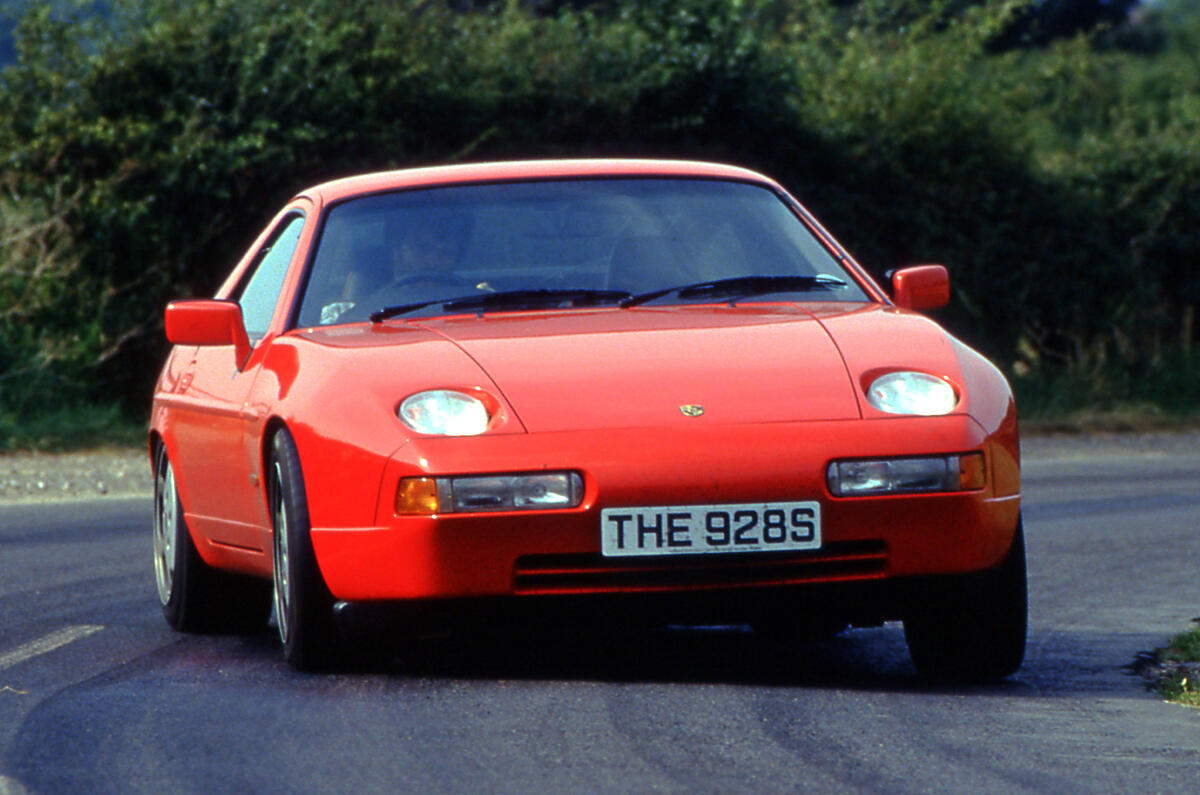
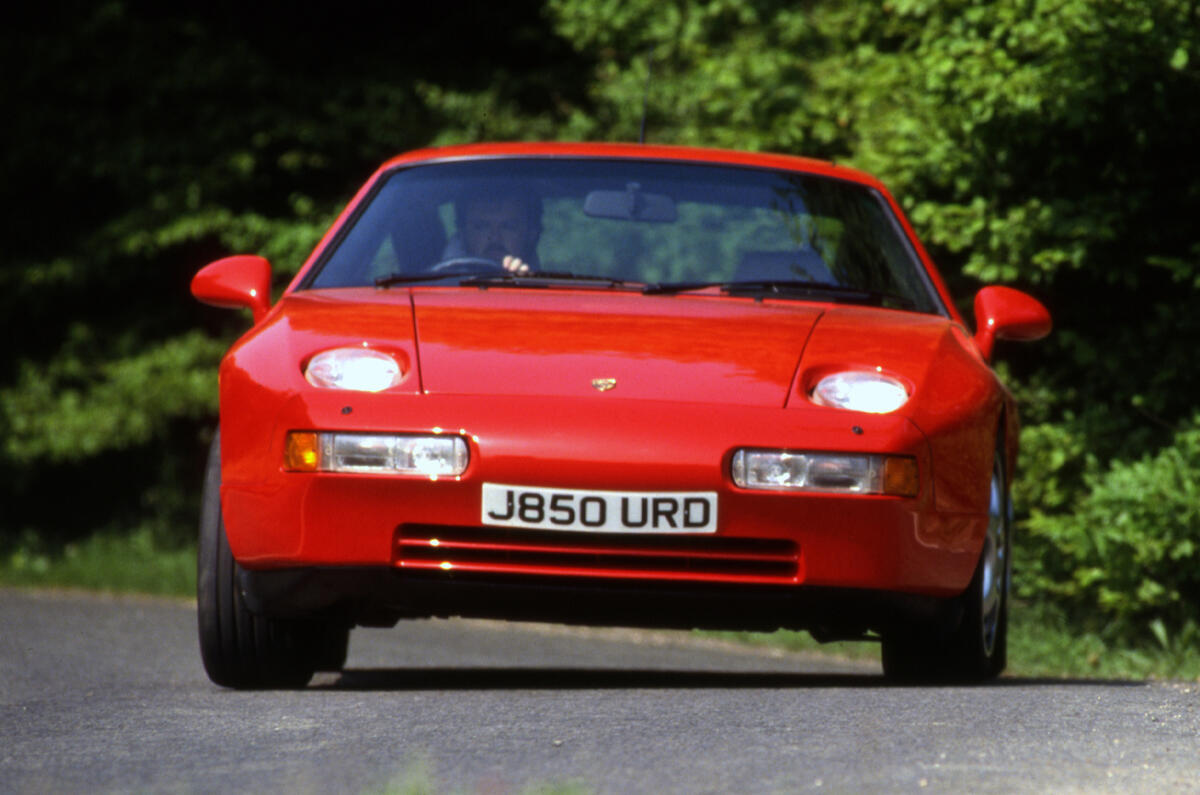
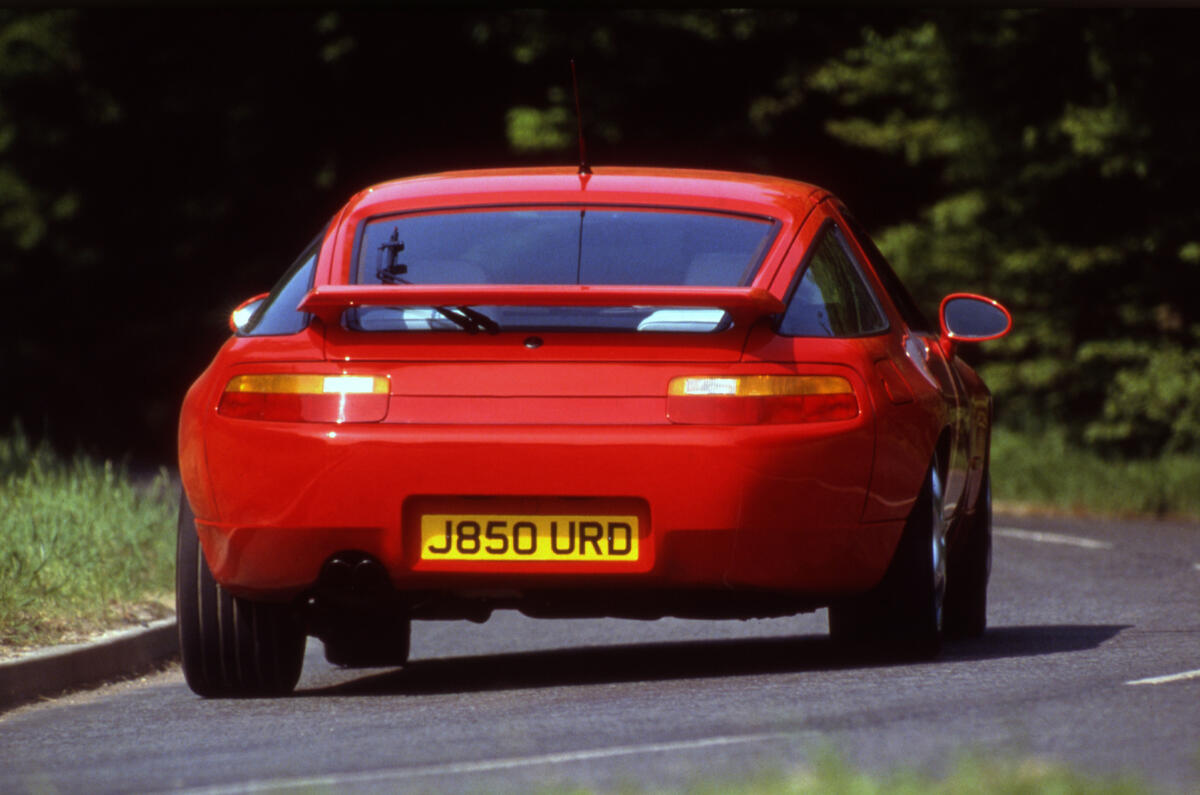
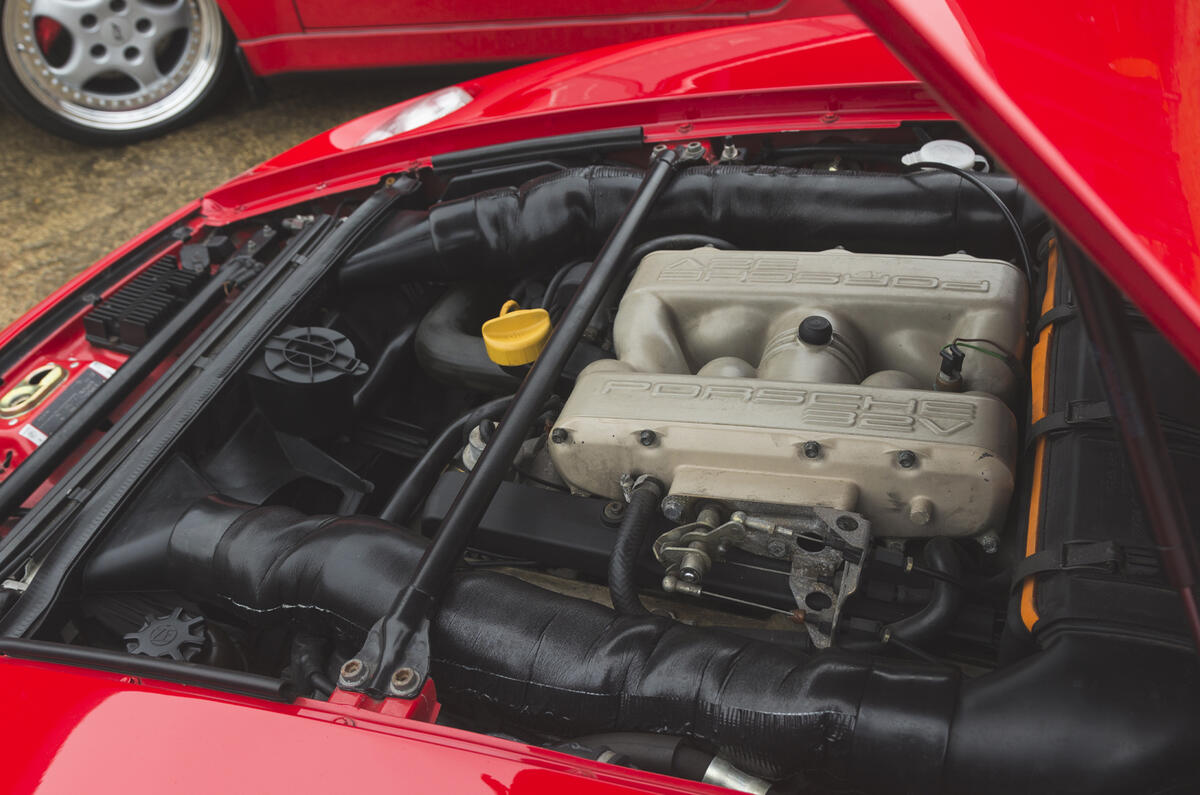
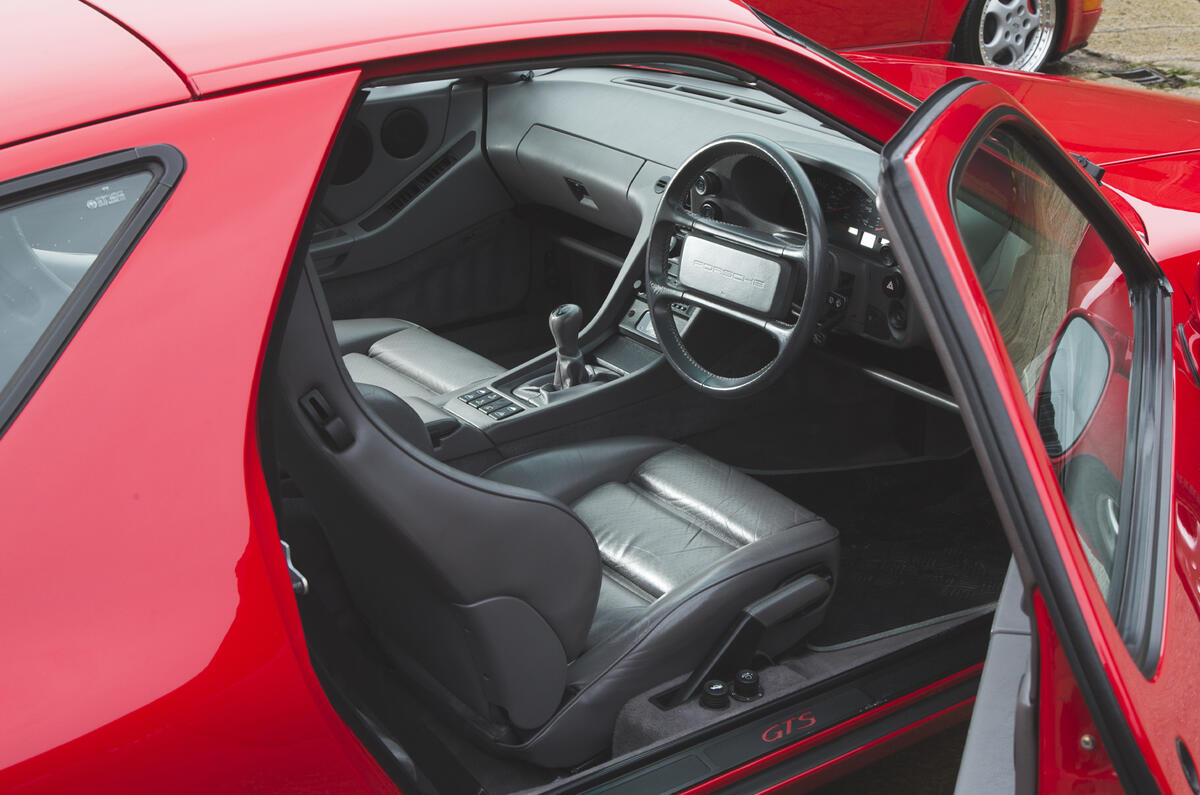
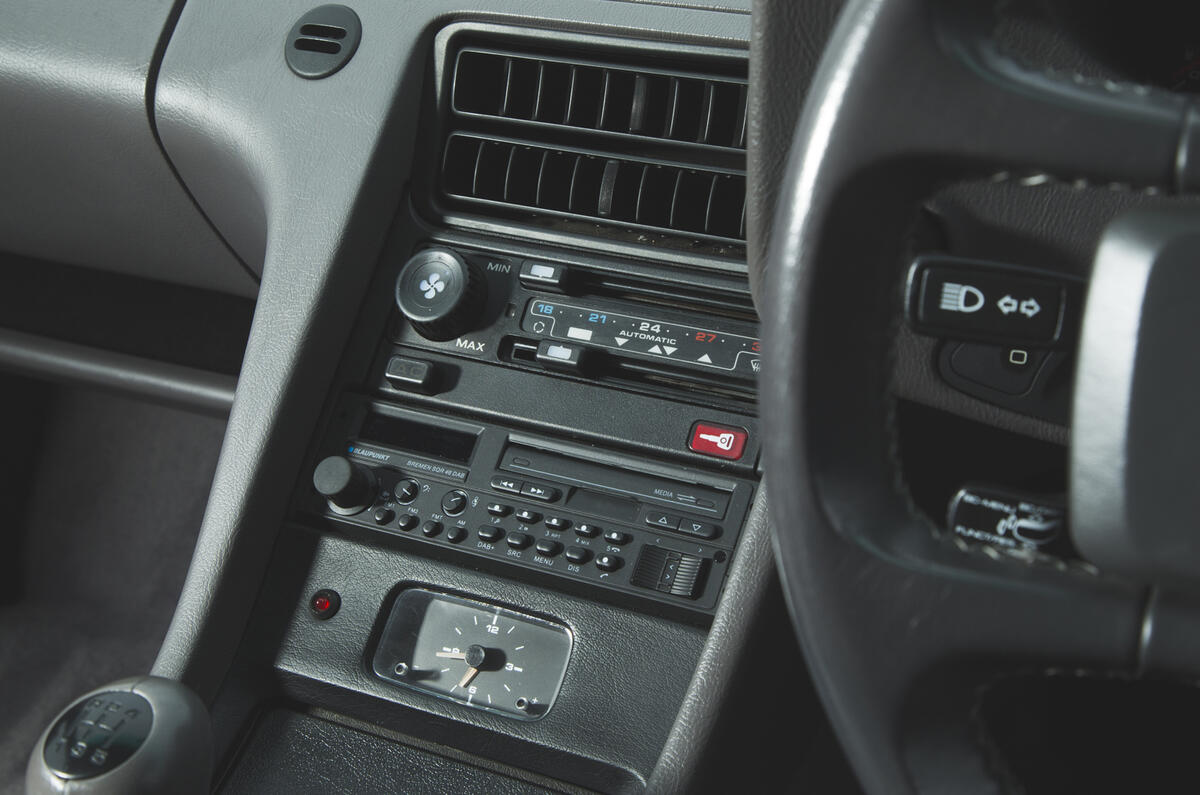
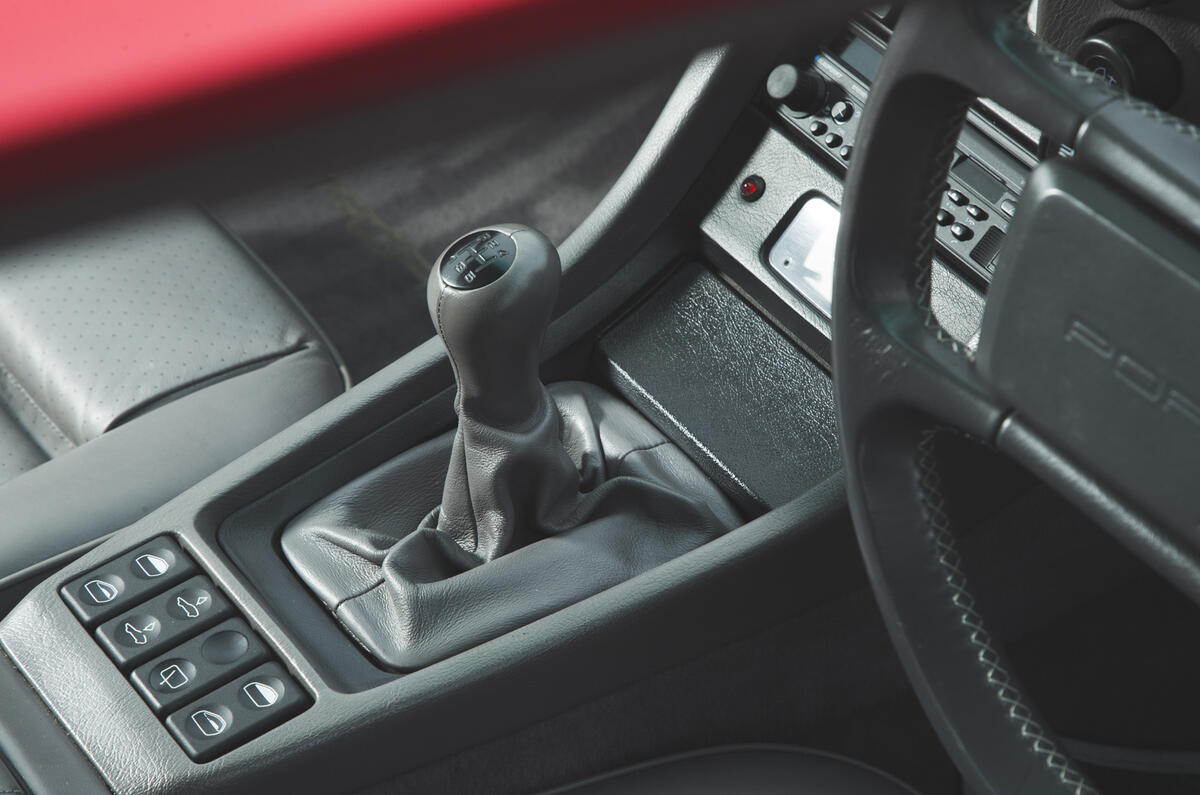
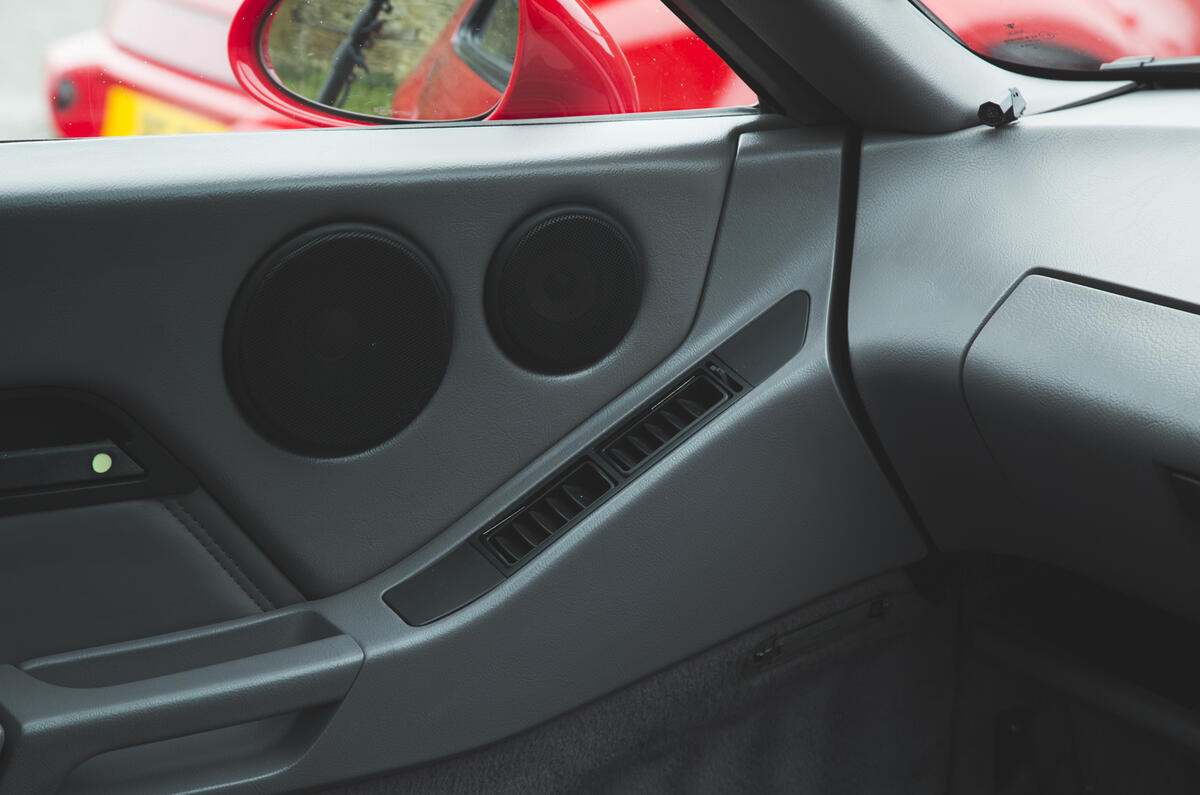
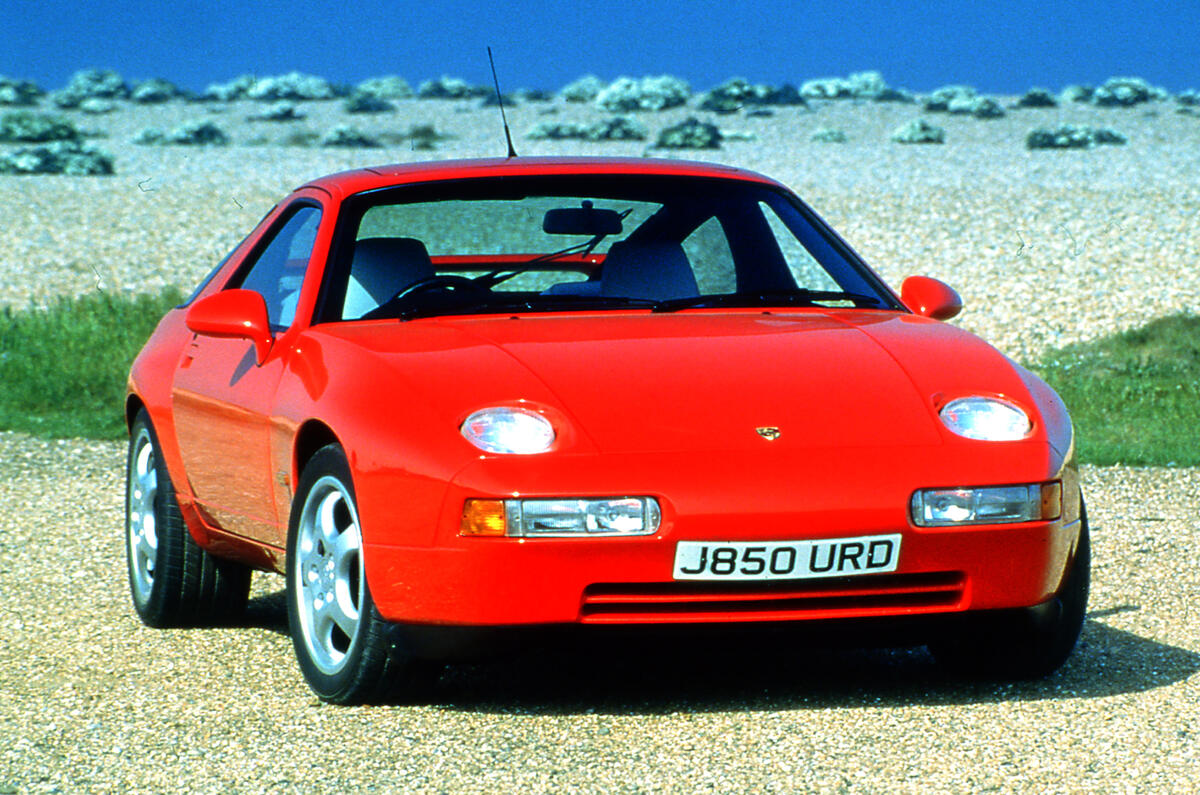
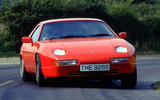
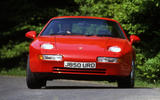
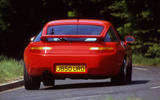
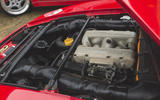
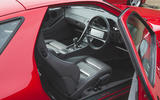
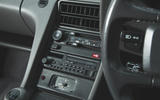
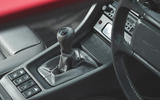

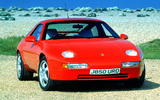


Join the debate
Add your comment
❤️Hi) My name is Paula and I'm 23 years old) I'm an aspiring sex model) Please rate my photos at ➤ Ja.cat/id373088